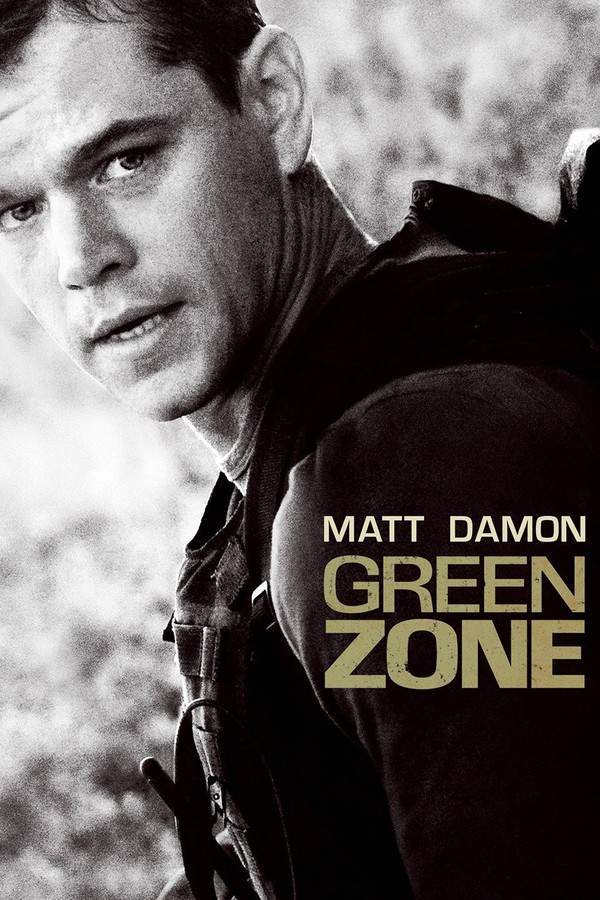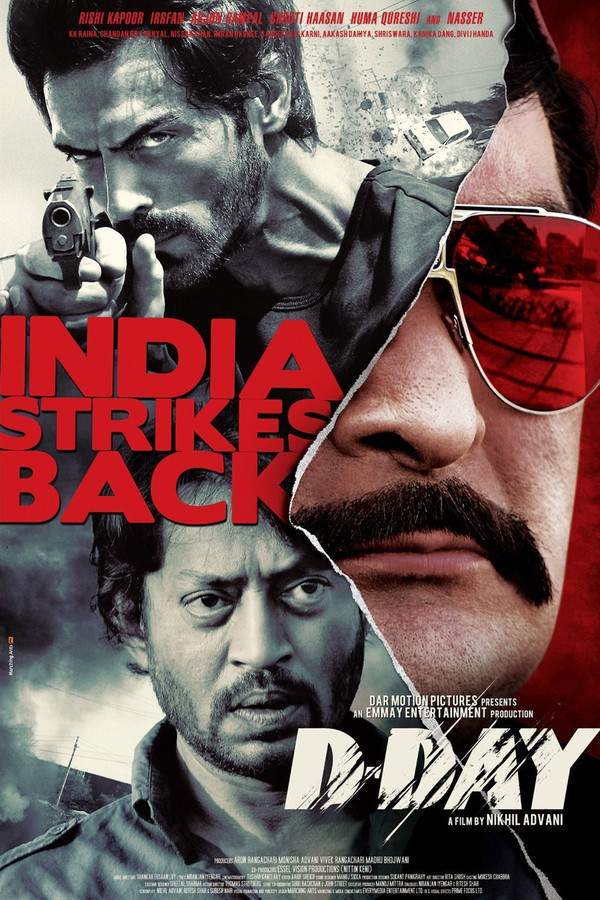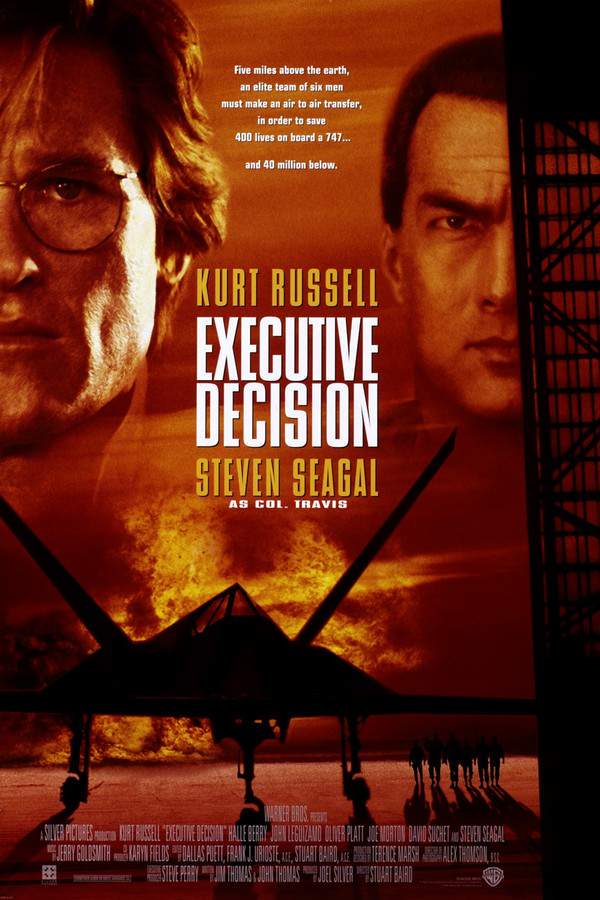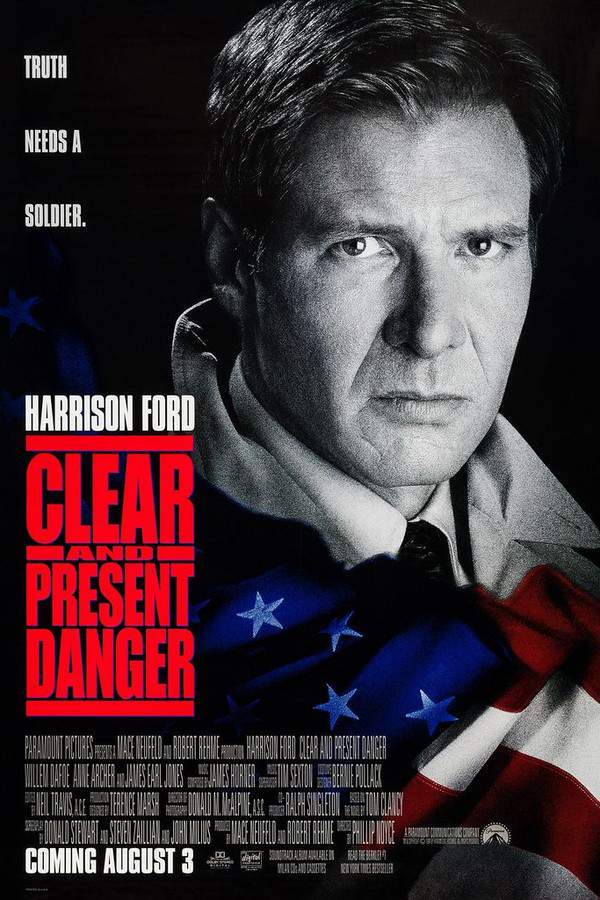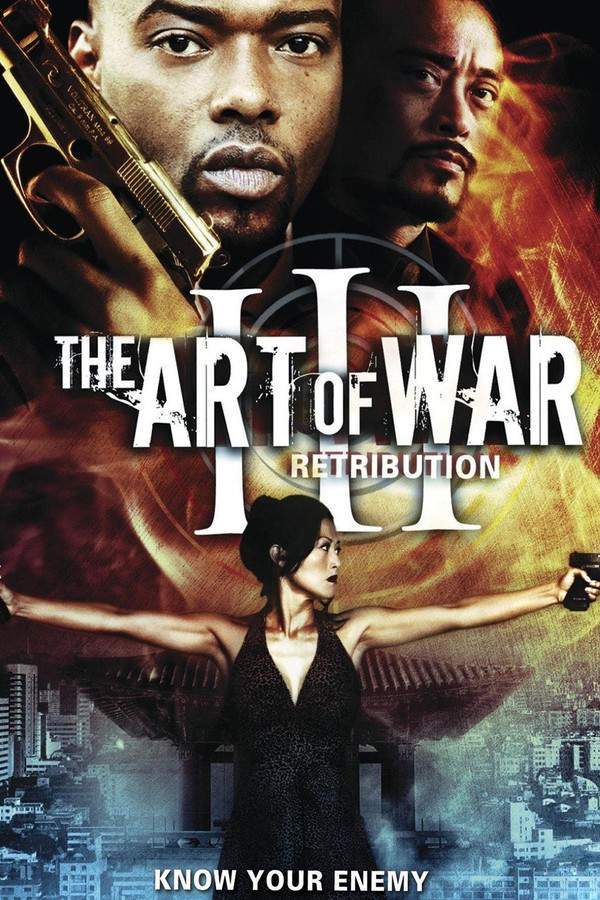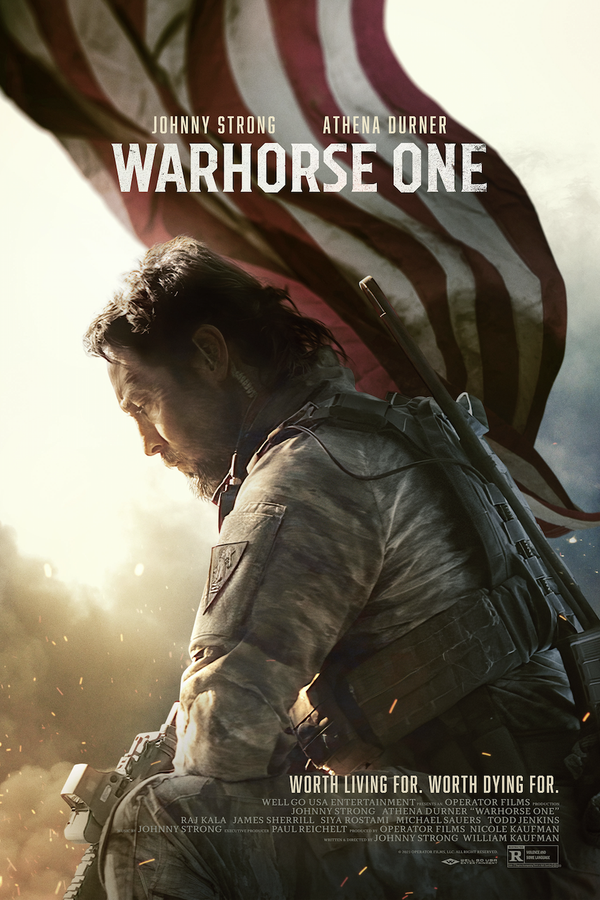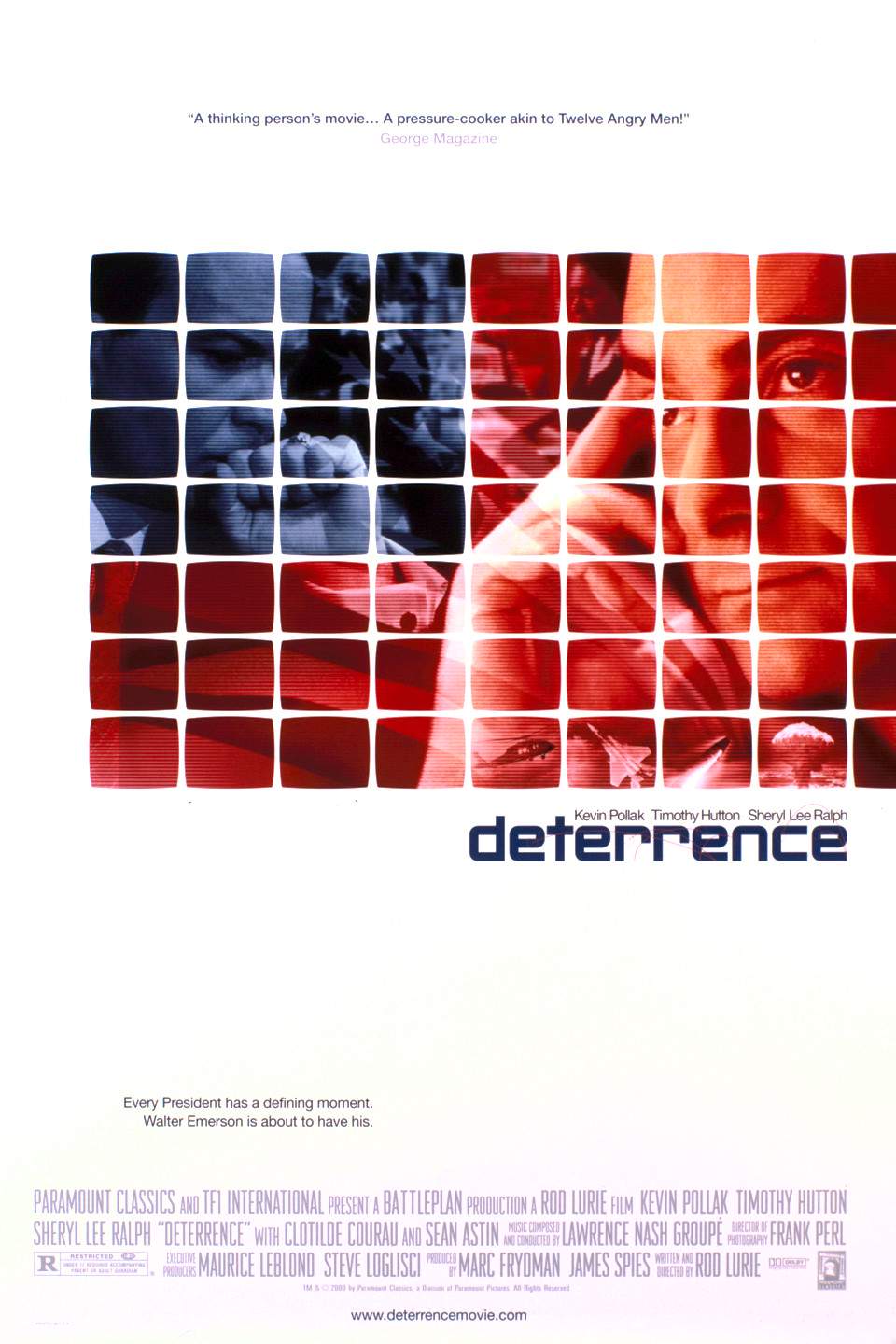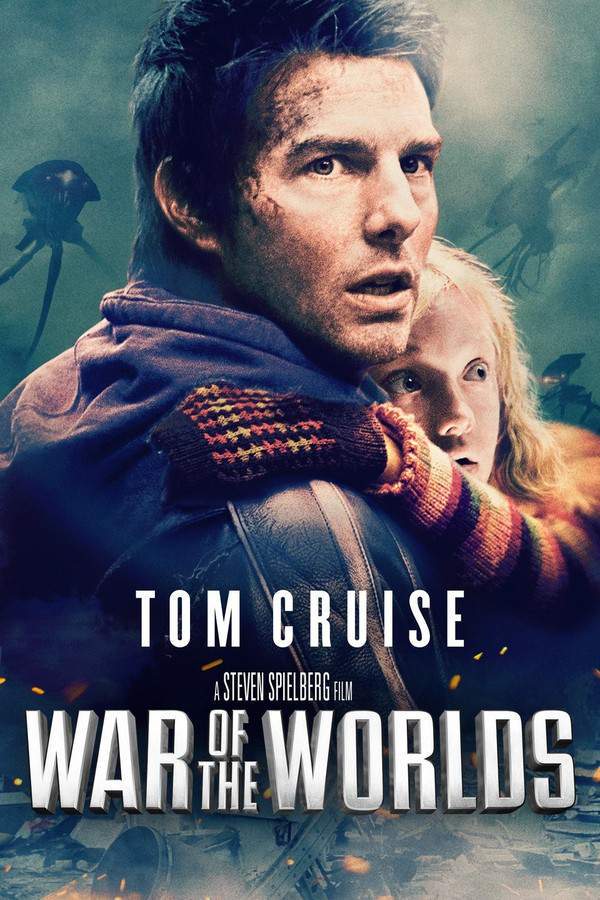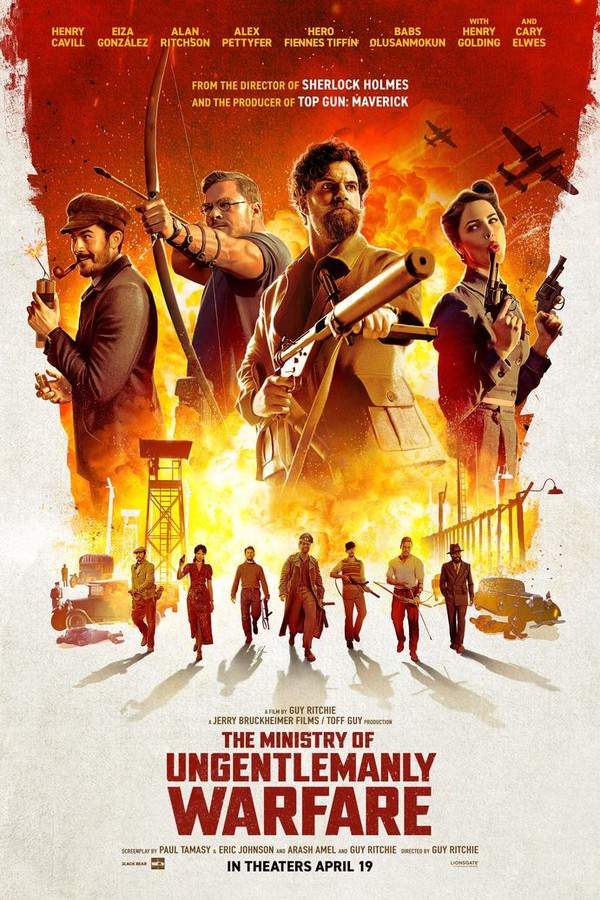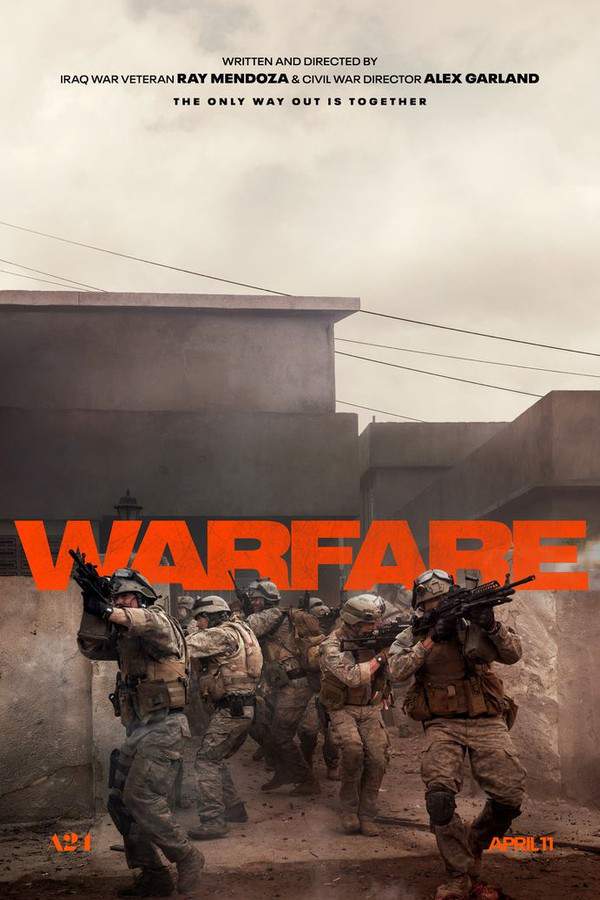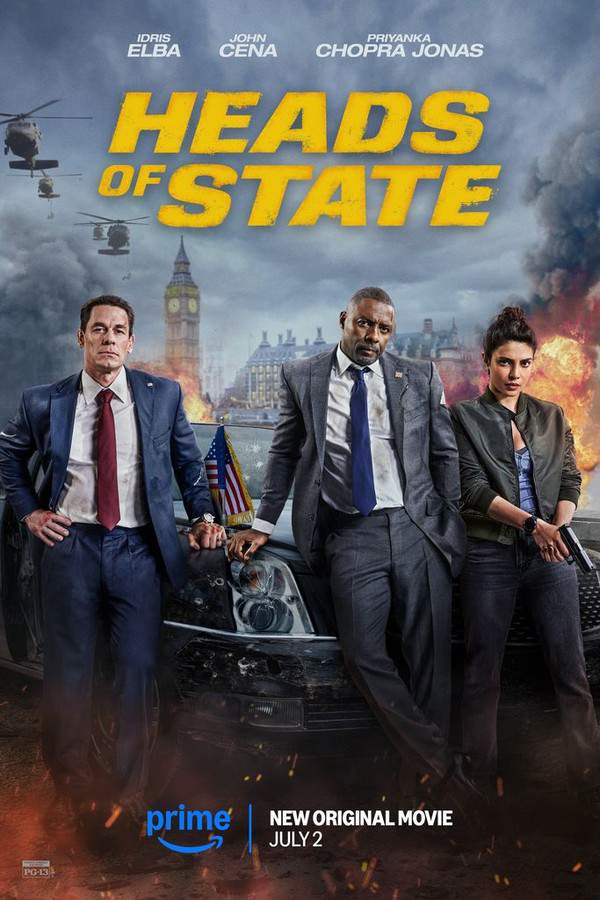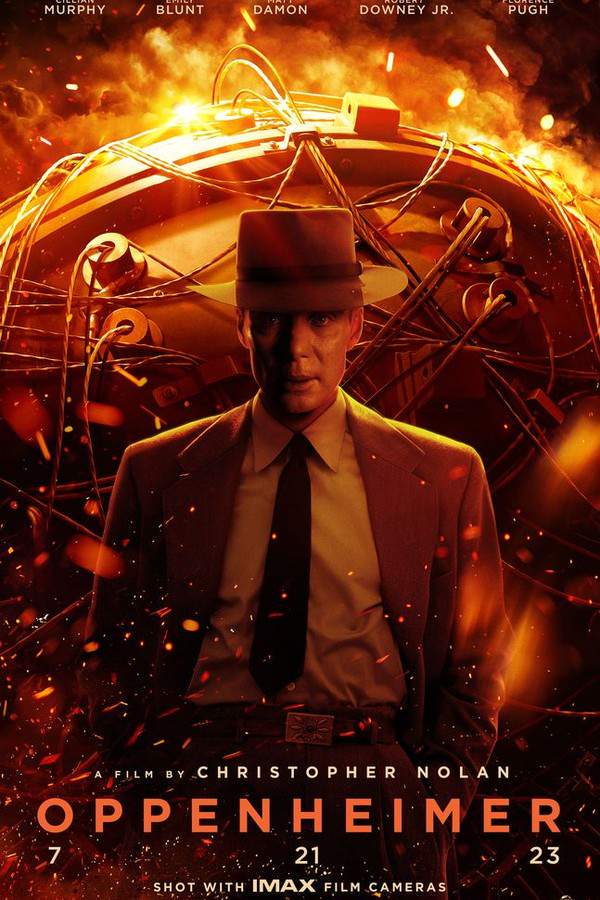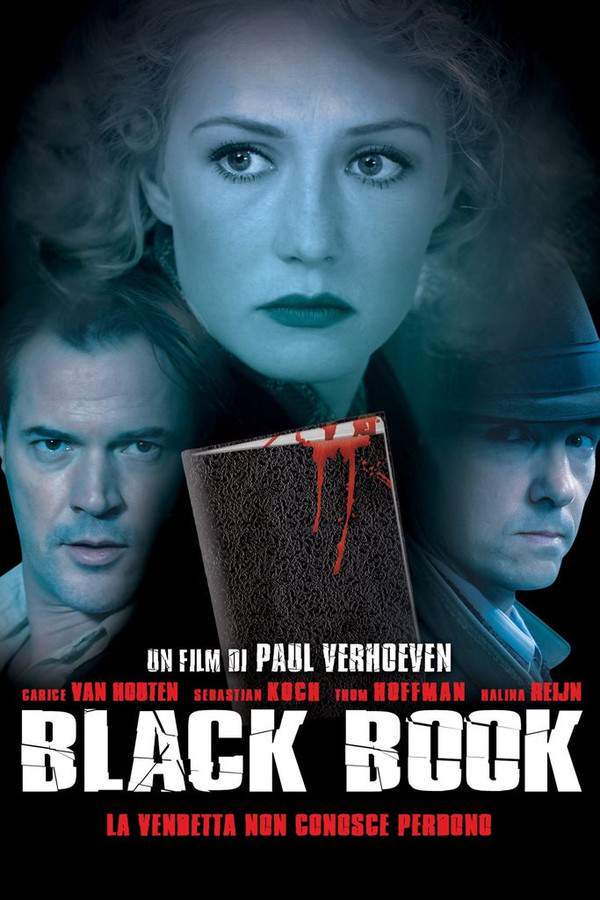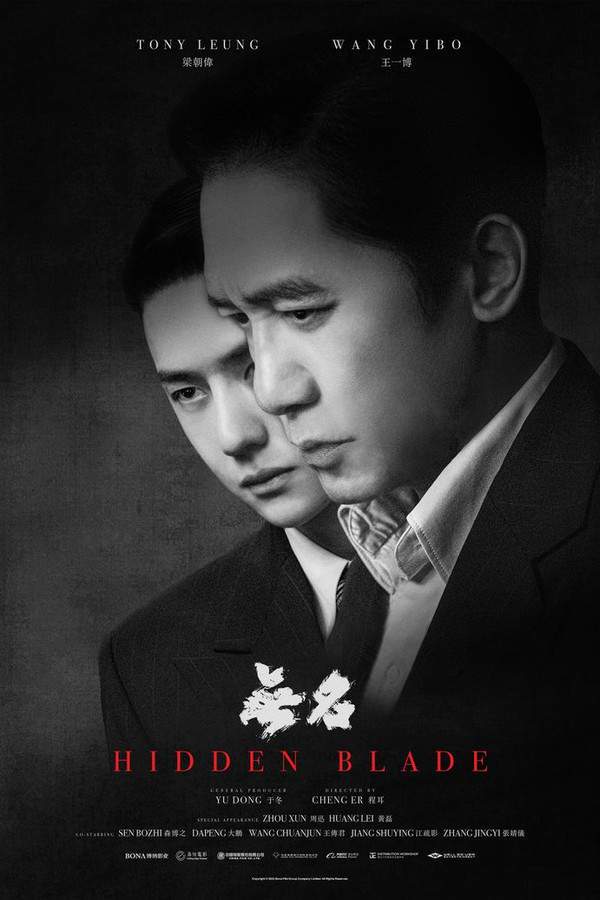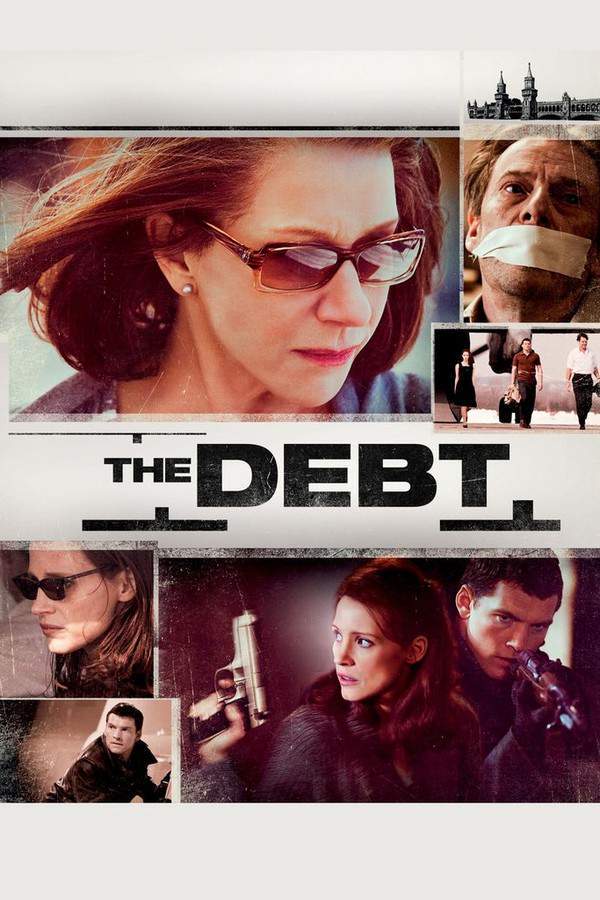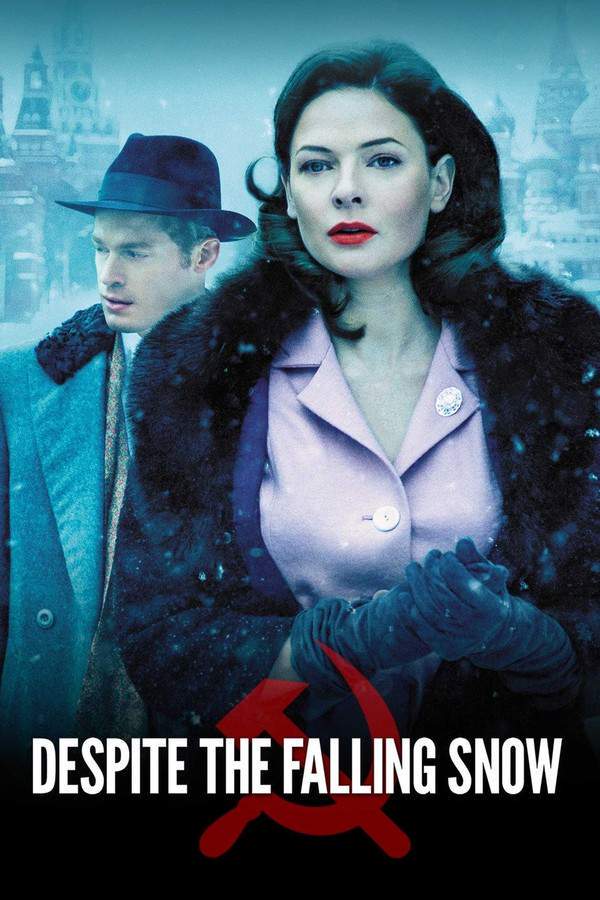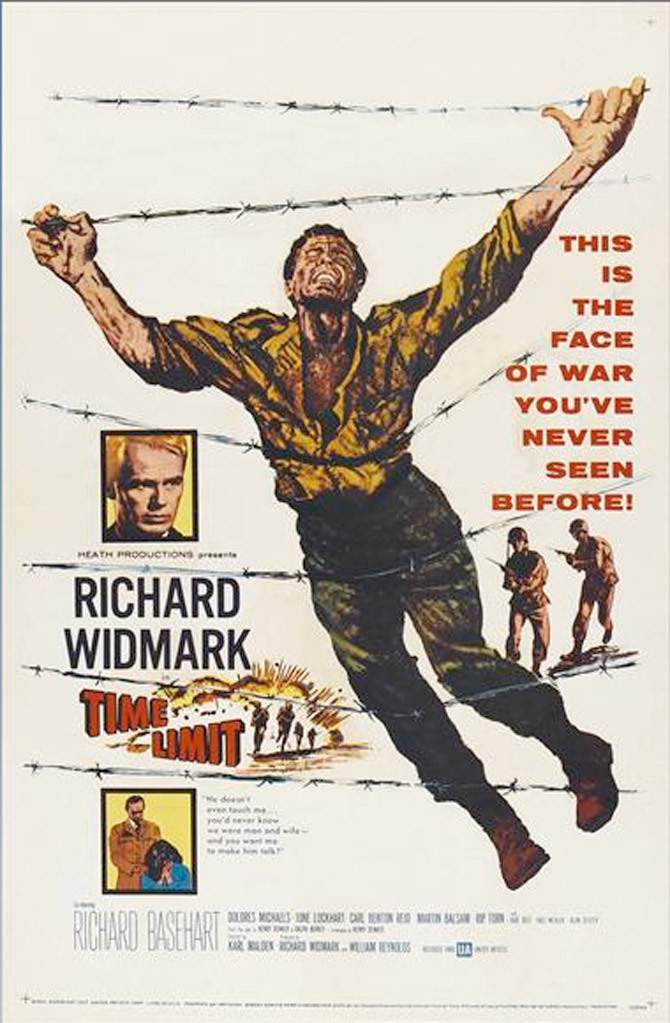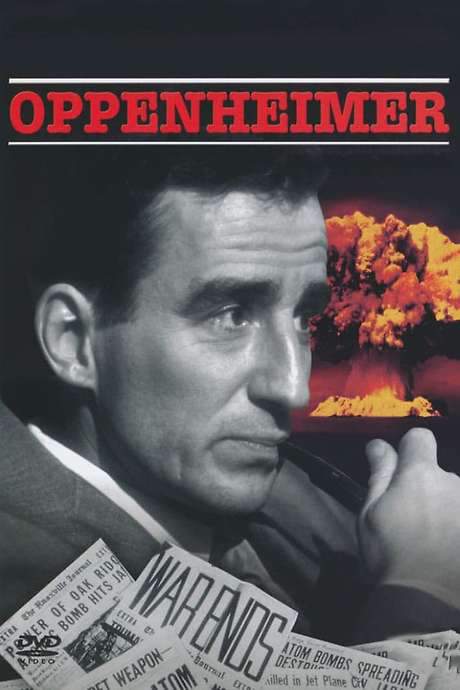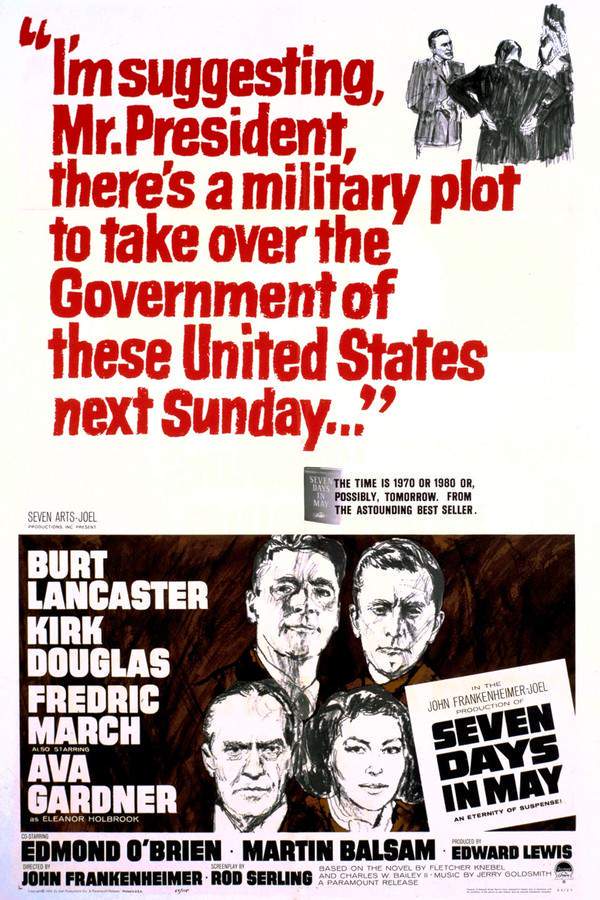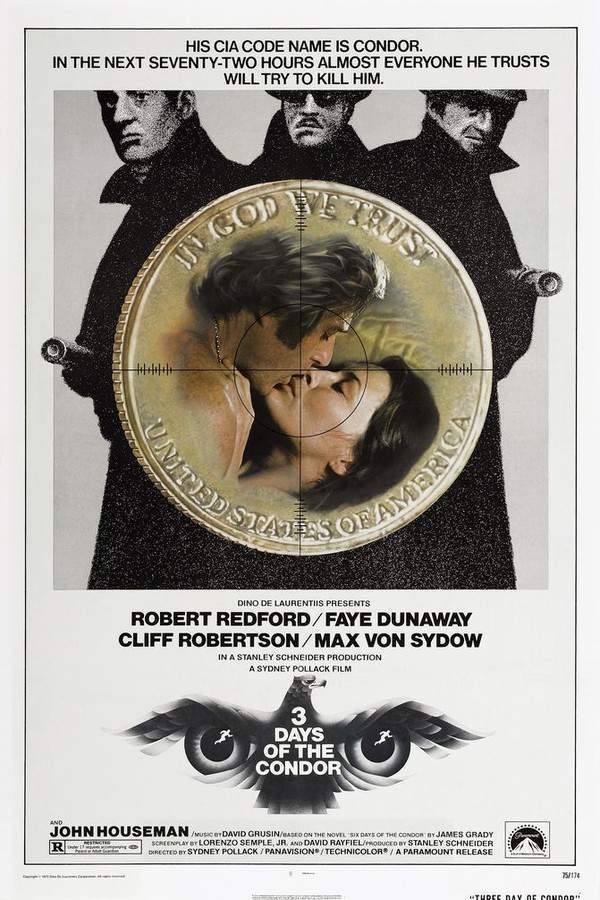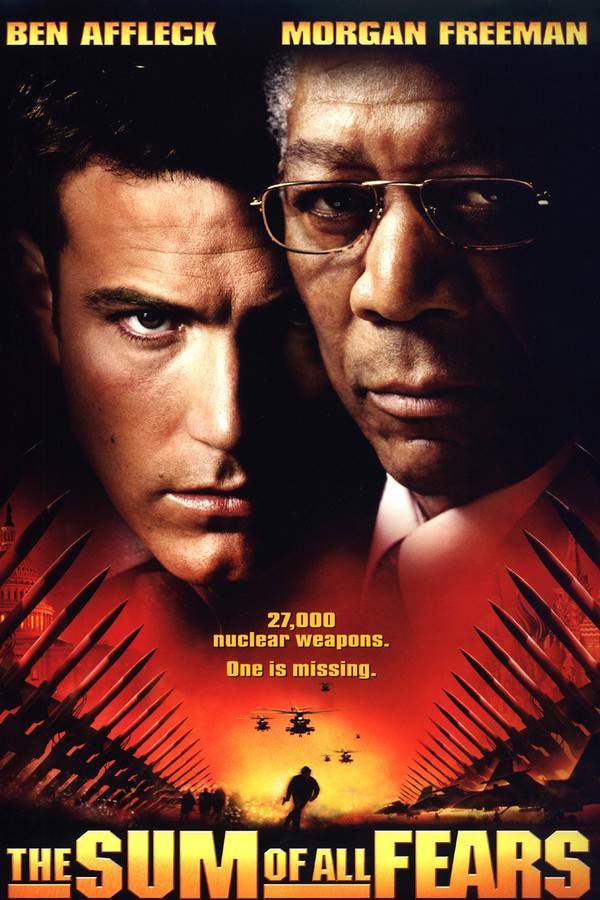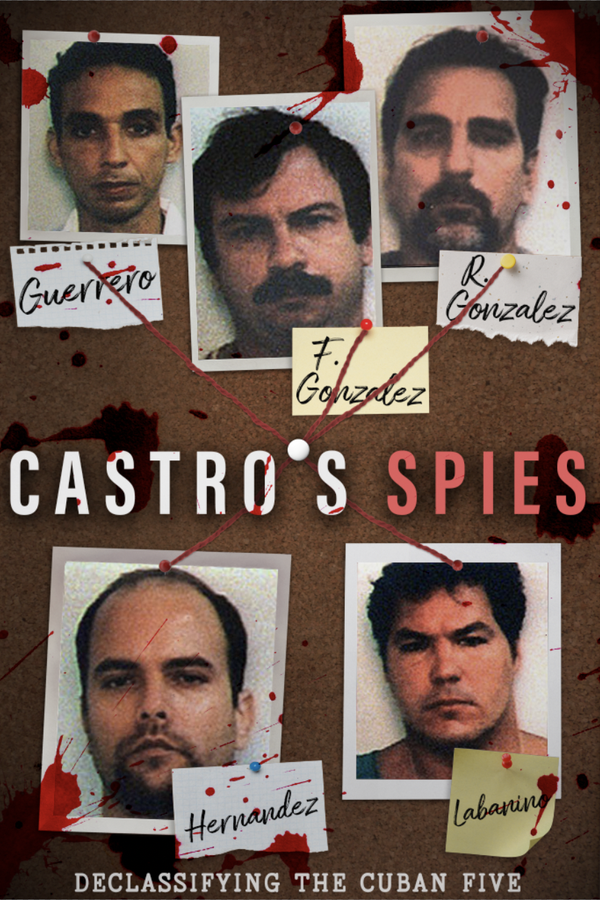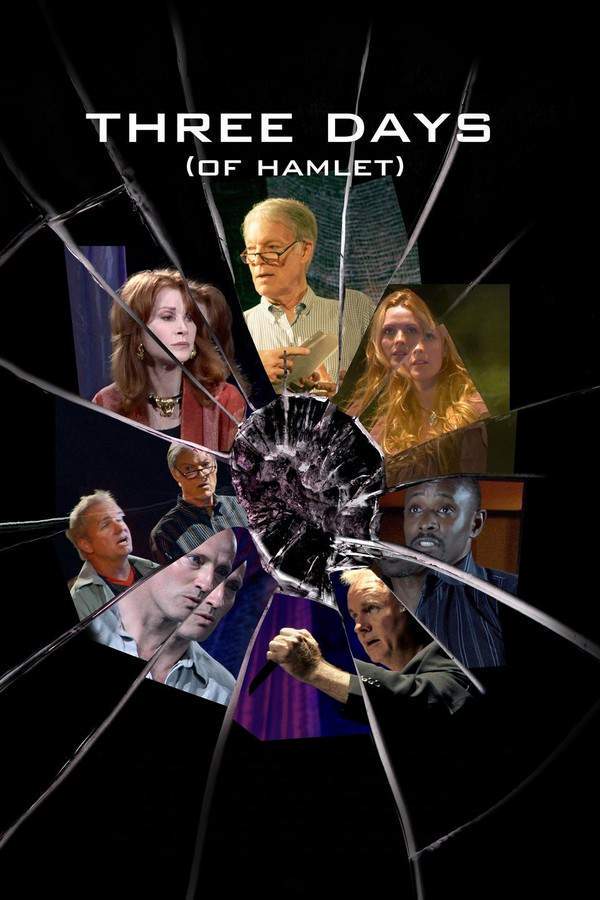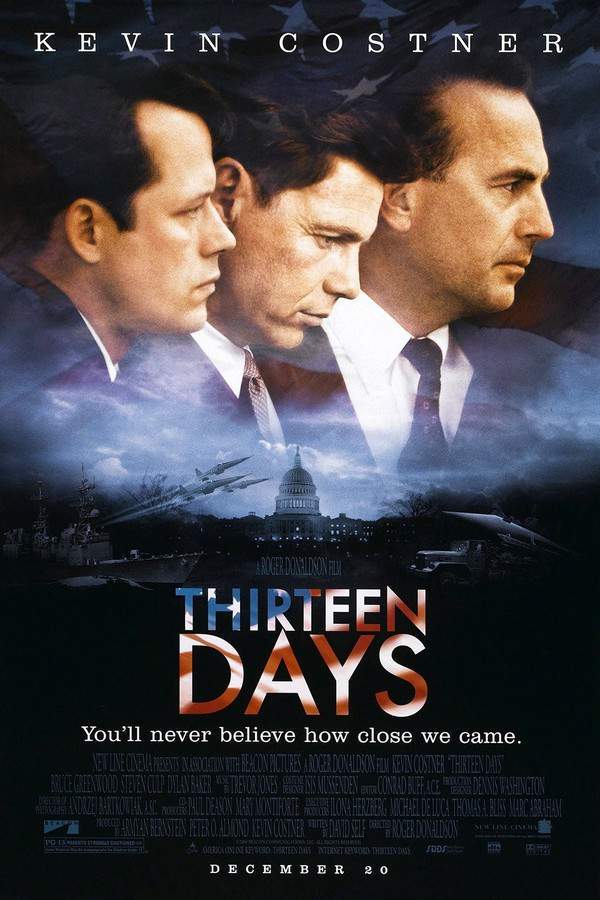
Thirteen Days
Year: 2000
Runtime: 145 min
Language: English
Director: Roger Donaldson
Budget: $80M
In October 1962, the United States and the Soviet Union faced off in a tense confrontation that brought the world to the brink of nuclear war. Thirteen days capture the high-stakes drama as President John F. Kennedy and his advisors grapple with the discovery of Soviet missile sites in Cuba. Facing immense pressure, they must find a way to avert disaster and prevent a catastrophic conflict that could have devastating consequences for all of humanity. The world watches as diplomacy and military strategy collide in a race against time.
Warning: spoilers below!
Haven’t seen Thirteen Days yet? This summary contains major spoilers. Bookmark the page, watch the movie, and come back for the full breakdown. If you're ready, scroll on and relive the story!
Timeline – Thirteen Days (2000)
Trace every key event in Thirteen Days (2000) with our detailed, chronological timeline. Perfect for unpacking nonlinear stories, spotting hidden connections, and understanding how each scene builds toward the film’s climax. Whether you're revisiting or decoding for the first time, this timeline gives you the full picture.
Last Updated: November 19, 2024 at 18:36
Explore Movie Threads
Discover curated groups of movies connected by mood, themes, and story style. Browse collections built around emotion, atmosphere, and narrative focus to easily find films that match what you feel like watching right now.
War Room Thrillers like Thirteen Days
Gripping political dramas confined to tense rooms where global fates are decided.If you liked the high-stakes political tension of Thirteen Days, explore more movies like it. This thread features similar political dramas and historical thrillers where critical decisions are made in closed rooms, focusing on strategy, leadership under pressure, and preventing global catastrophe. For fans of intense, dialogue-driven crisis management.
Narrative Summary
These narratives typically unfold over a short, critical time frame, focusing on a small group of decision-makers facing an imminent threat. The plot is driven by strategic debate, intelligence analysis, and high-risk diplomacy, creating a claustrophobic sense of urgency. The emotional journey is one of immense stress and responsibility, often culminating in a resolution that carries heavy consequences.
Why These Movies?
Movies in this thread share a distinct combination of a confined, high-pressure setting, a cerebral and complex plot centered on strategy, and a consistently tense, heavy tone. They appeal to viewers who enjoy the intellectual and emotional intensity of watching leaders navigate the brink of disaster.
Brink of War Dramas similar to Thirteen Days
Suspenseful historical stories about humanity narrowly averting global catastrophe.Looking for movies like Thirteen Days? This thread collects films with similar themes of nuclear tension and cold war crises. These historical dramas and political thrillers explore moments where humanity stood on the brink of disaster, featuring high-stakes diplomacy, urgent pacing, and a bittersweet sense of relief mixed with the cost of survival.
Narrative Summary
The narrative pattern follows a historical or fictional crisis escalating to a point of no return. Characters, often leaders or diplomats, must navigate misinformation, military hawks, and their own principles to find a peaceful solution. The journey is one of rising dread, fraught with moments where a single misstep could trigger catastrophe, leading to an ending that acknowledges the tragedy narrowly avoided.
Why These Movies?
These films are grouped by their shared core theme of existential threat and their specific emotional mix: unbearable tension leading to a bittersweet resolution. They deliver a heavy emotional weight through a fast-paced, complex plot that examines a critical juncture in history or a plausible fiction.
Unlock the Full Story of Thirteen Days
Don't stop at just watching — explore Thirteen Days in full detail. From the complete plot summary and scene-by-scene timeline to character breakdowns, thematic analysis, and a deep dive into the ending — every page helps you truly understand what Thirteen Days is all about. Plus, discover what's next after the movie.
Thirteen Days Summary
Read a complete plot summary of Thirteen Days, including all key story points, character arcs, and turning points. This in-depth recap is ideal for understanding the narrative structure or reviewing what happened in the movie.

Characters, Settings & Themes in Thirteen Days
Discover the characters, locations, and core themes that shape Thirteen Days. Get insights into symbolic elements, setting significance, and deeper narrative meaning — ideal for thematic analysis and movie breakdowns.

Thirteen Days Spoiler-Free Summary
Get a quick, spoiler-free overview of Thirteen Days that covers the main plot points and key details without revealing any major twists or spoilers. Perfect for those who want to know what to expect before diving in.

More About Thirteen Days
Visit What's After the Movie to explore more about Thirteen Days: box office results, cast and crew info, production details, post-credit scenes, and external links — all in one place for movie fans and researchers.

Similar Movies to Thirteen Days
Discover movies like Thirteen Days that share similar genres, themes, and storytelling elements. Whether you’re drawn to the atmosphere, character arcs, or plot structure, these curated recommendations will help you explore more films you’ll love.
Explore More About Movie Thirteen Days
Thirteen Days (2000) Plot Summary & Movie Recap
Thirteen Days (2000) Scene-by-Scene Movie Timeline
Thirteen Days (2000) Spoiler-Free Summary & Key Flow
Movies Like Thirteen Days – Similar Titles You’ll Enjoy
Seven Days in May (1964) Plot Summary & Ending Explained
Three Days of the Condor (1975) Complete Plot Breakdown
Clear and Present Danger (1994) Complete Plot Breakdown
The Sum of All Fears (2002) Ending Explained & Film Insights
Castro's Spies (2022) Plot Summary & Ending Explained
Deterrence (2000) Detailed Story Recap
Three Days (of Hamlet) (2013) Full Summary & Key Details
The Coldest Game (2019) Complete Plot Breakdown
By Dawn’s Early Light (1990) Movie Recap & Themes
12.12: The Day (2023) Film Overview & Timeline
The Missiles of October (1974) Detailed Story Recap
Thirteen Days to Die (1965) Spoiler-Packed Plot Recap
Twilight’s Last Gleaming (1977) Spoiler-Packed Plot Recap
13 Days, 13 Nights: In the Hell of Kabul (2025) Movie Recap & Themes
13 Hours by Air (1936) Full Summary & Key Details

